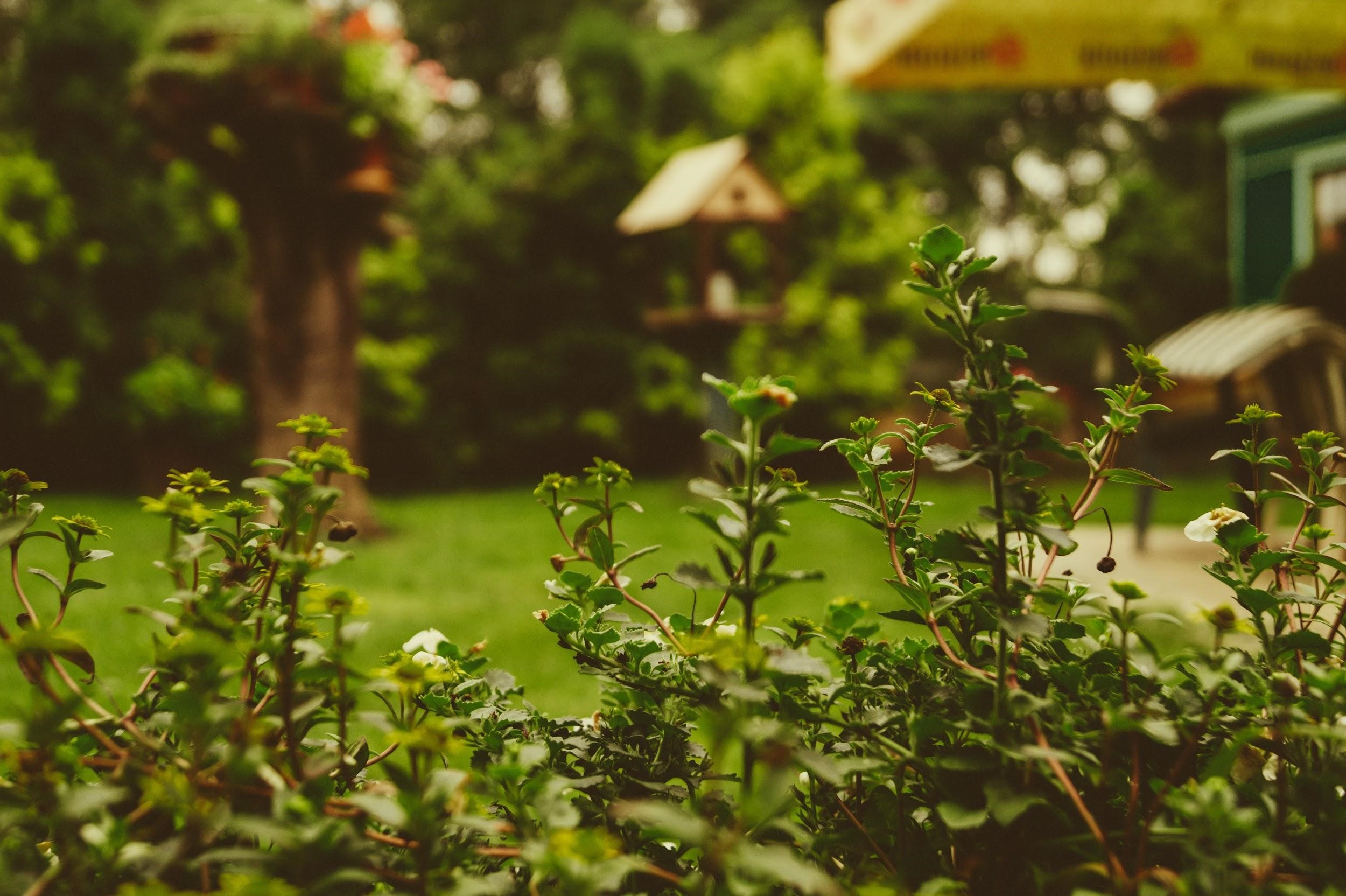Tending Your Garden: The Many Benefits of Growing Food
Posted by:
 scentandviolet
April 20th, 2020
scentandviolet
April 20th, 2020
Gardening has long been one of humanity’s most soothing pastimes. It’s estimated that one in three American households grow their own food. This number is increasing which is a good trend since gardening has been shown to positively impact your physical and mental health. For some tips on how to create your own garden, read on.
Physical Health
We don’t often equate “fitness” with “gardening,” but getting out in the yard helps you torch calories. The Centers for Disease Control and Prevention categorizes gardening as “moderate cardiovascular exercise.” Think about it: You’re hauling wheelbarrows of sod in the sun or digging out root systems that are as heavy as small statues. Gardening has been shown to strengthen your muscles and joints, as well as lower your chance of stroke, obesity, heart disease, and type 2 diabetes. Plus, if you’re growing tomatoes or snap peas or sweet corn, you’re probably eating plenty of nutritious meals all summer long.
Mental Health
People who love gardening talk about that rush they feel at first light in the warm months of the year. Dawn creeps across their windows, and soon they’re outside, running their hands through the cool soil and snipping off blooms for the mantelpiece vase. Gardening provides a range of mental health benefits. These include healing our anxieties, grounding us in the present, and releasing feel-good hormones such as serotonin and dopamine. Said simply: Gardening lets us relax. Who doesn’t feel calmer surrounded by petals, waxy leaves, and hummingbirds sipping from flute-shaped blossoms?

How to Create Your Own Garden
So now that we’ve agreed that gardening’s good for you, how do you get started? As with any project, a plan never hurts. If you want to get it right, measure out your yard, then diagram those dimensions on a piece of paper. Next, observe the patterns of sun and shade to determine which plants will thrive where. Finally, figure out which plants you love and consult the USDA Plant Hardiness Zone Map to make sure they’ll grow where you live. After you’re done, the piece of paper that you’ve drawn out should be all you need to get going.
Growing an Attractive Edible Garden
If you’re looking to grow an attractive edible garden, here are some steps to start: First, stake out a part of your yard that gets at least six hours of sun in the summer. Next, dig up the grass into a bare rectangle of soil. You can start planting directly in that plot, but consider nailing together a few cedar boards to create a raised vegetable bed. The advantage of raised beds – or “garden boxes” – is that they provide drainage and keep weeds at bay. Plus, you don’t have to bend all the way down every time you want to pick a tomato.
So fill in that box to the brim, plant your vegetables, keep it in the backyard, and clean up any dirt that spills out after a good rain so that it’s not an eyesore to the neighbors or the HOA. To help fertilize your garden, you may want to invest in an indoor composter. On top of maximizing your garden’s output, you’ll be helping the environment as well. Look for a model that is durable, smell free, and easy to clean and use.
People have eaten out of their gardens for generations, but now even citydwellers with access to grocery chains are buying at farmers’ markets and taking an interest in all things “fresh.” Considering the stepped-up use of chemicals and pesticides in our food, gardening is a smart way to live. And it not only lets you soak up vitamin D when you’re out there in the sun, it also calms the spirit as only one of humanity’s most soothing pastimes can.
***
Article courtesy of Ms. Emma Croft from Get Gardening . We once again welcome her extensive gardening advice and willingness to share it with Scent & Violet.
***
Image by Martin Kníže via Unsplash

